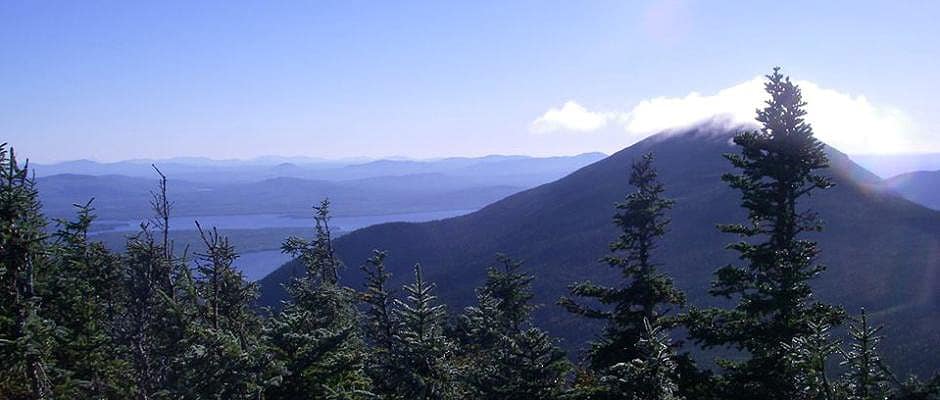Share this article
Senators Pen Letter Urging Reauthorization of LWCF
A bi-partisan group of Senators has written a letter urging reform for the Land and Water Conservation Fund (LWCF). The 35 Democrat and six Republican co-signees wrote to the Senate leadership explaining the importance of the fund and why action is needed during the lame-duck session.
The LWCF is funded by revenue from offshore oil and gas leases and is the federal government’s primary means of buying land for conservation purposes. The fund also serves as an important source of grants for states to purchase land for recreation and conservation. The fund is authorized to receive $900 million from these revenues each year, but Congress has only appropriated the full amount twice in its 50 year history. The LWCF is appropriated approximately $340 million on average each year.
Senators Ron Wyden (D-OR) and Richard Burr (R-NC), who spearheaded this effort, want to make the LWCF’s authorized $900 million mandatory spending and not subject to the annual appropriations process. Furthermore, the Senators contend that immediate action is needed to avert the fund’s pending expiration in September 2015.
Some fiscal conservatives are wary of mandatory funding for the LWCF and want to avoid additional federal land purchases. They argue that the backlog in maintenance projects on national parks, wildlife refuges, and other federally managed lands should be addressed before adding anymore to the federal estate. The anticipated incoming committee chairmen of the House Natural Resource Committee, Rob Bishop (R-UT), and the Senate Energy and Natural Resources Committee, Lisa Murkowski (R-AK), have both expressed criticism of LWCF funded land purchases.
For more information on LWCF and its importance to wildlife management, refer to the Land and Water Conservation Fund Policy Brief developed by the TWS Government Affairs Team.
Sources: Energy and Environment Daily (November 25, 2014)
Header Image:
The Appalachian National Scenic Trail provides outdoor recreation opportunities for millions of visitors every year. Funds to purchase 150,000 acres of land along the Trail came from the Land and Water Conservation Fund.
Image Credit: NPS








